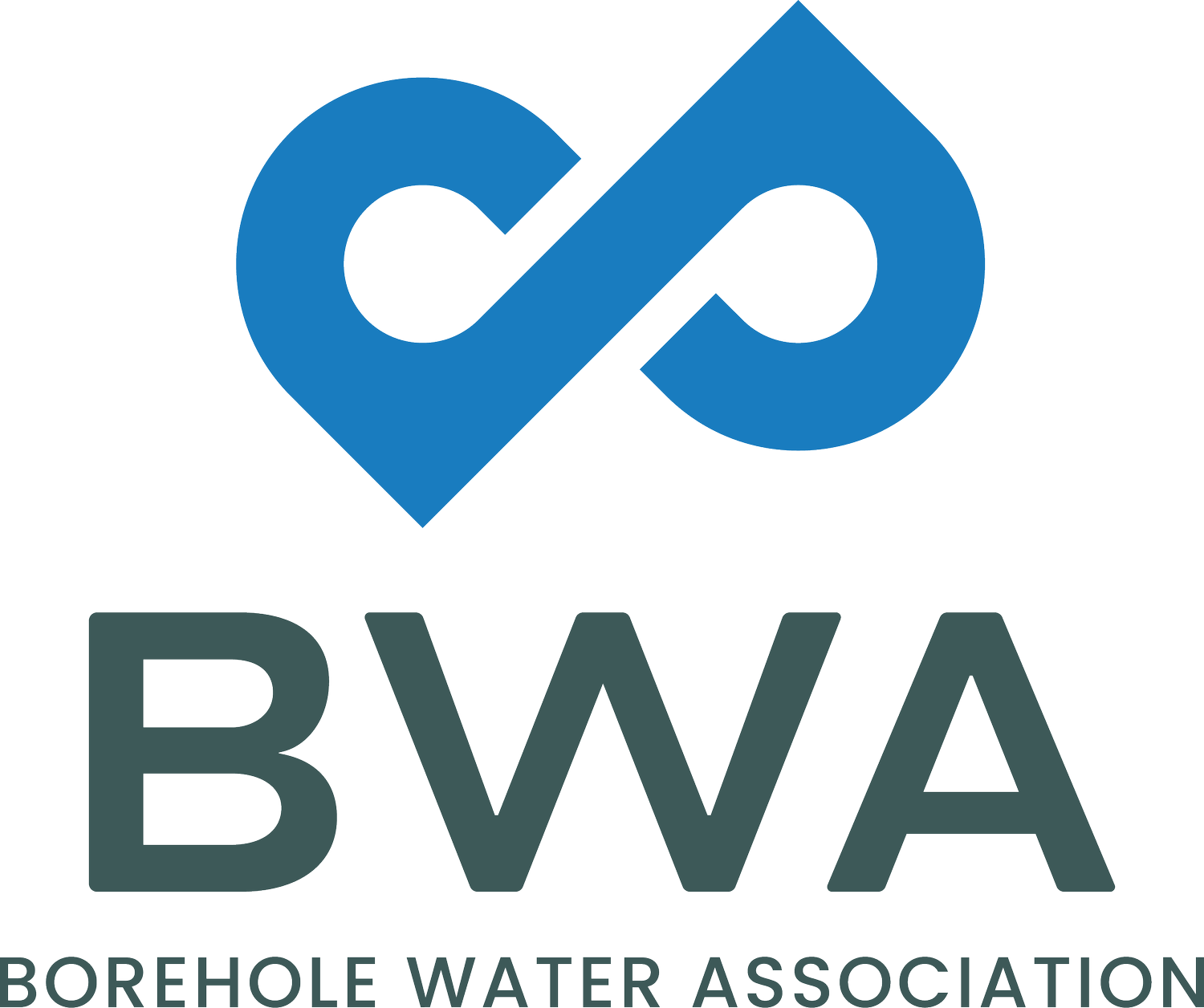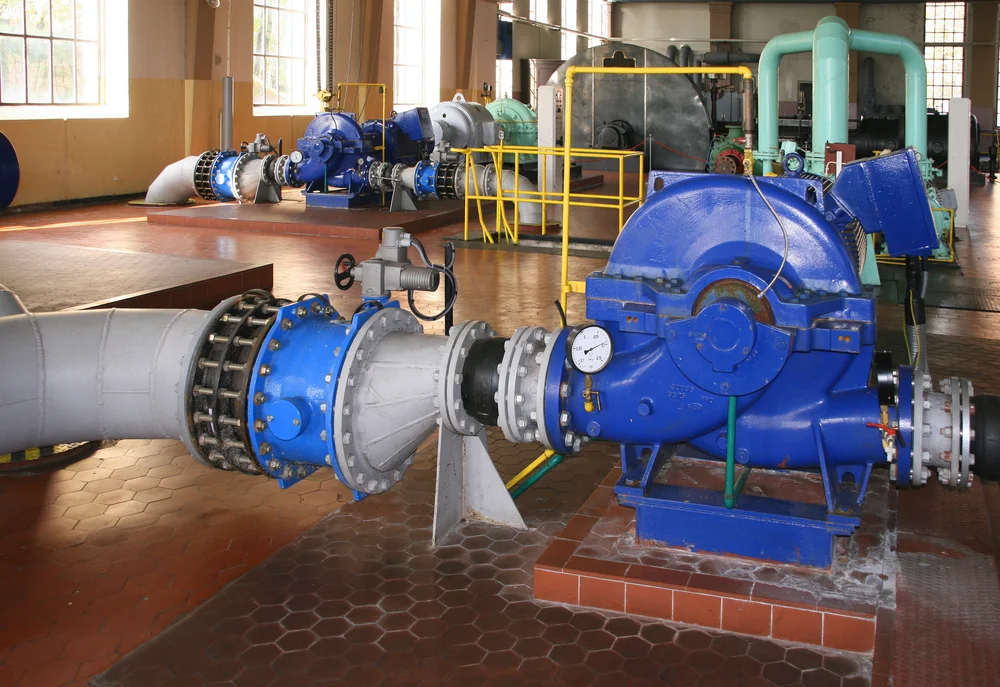New regulations to curb delays in water use licencing
/Recent regulations from the Department of Water and Sanitation (DWS) will hopefully overcome the long delays in securing water use licences, and allow more streamlined implementation of projects.
Water use licences are required by a range of water users from mines and industry to property developers and farmers; even public sector organisations like local authorities, provincial authorities and road agencies may need authorisation for projects.
Manda Hinsch, partner and principal water and environmental scientists at SRK Consulting
According to Manda Hinsch, partner and principal water and environmental scientists at SRK Consulting, the new regulations are a positive step that aligns the timelines for Water Use Licence Authorisations (WULAs) with those already applying for environmental authorisations as required by the National Environmental Management Act (NEMA).
“Both processes now promise authorisations within 300 calendar days, if all documents and studies are in order,” said Hinsch. “In the past, receiving water use authorisation could take up to three to five years.”
She said these delays often led to applicants simply starting project construction without the necessary authorisation, since the positive socio-economic impact of proceeding was deemed to outweigh the negative environmental impacts.
“Also, assessment processes within the department were not always well-monitored, so it was difficult to track the stage which an application had reached within the process,” she said. “This problem should now be eliminated since clear responsibilities – with timeframes – are allocated to both the applicant and the relevant water authority.”
Hinsch said the process will now begin with a pre-application meeting with the water authority, followed by the submission of the application within five days. A date for a site visit then needs to be finalised within five days after that, and the visit itself must take place within 30 days.
The authority is then expected to respond within five days of the site visit, outlining the exact requirements for the WULA. The applicant then has 105 days to prepare and submit the necessary technical reports, as well as conduct the public participation processes.
Following submission, the authority has 10 days to acknowledge receipt of the application, and 139 days to consider the documentation and make a decision – after which it has five days to actually issue the decision.
“The new regulations also formalise the public participation requirements, which were neglected in the past – particularly if a WULA was required without the need for an environmental authorisation,” said Hinsch. “Another positive aspect of the regulations is that they provide structured guidance on which technical documents are required for each of the different water uses, with a complete list of contents for each use.”
These are positive steps by the DWS, she said, which now require the department to commit the necessary skills and resources to implement the regulations effectively.
“These regulated timelines are tight, and place pressure on both the department and applicants to work quickly and efficiently,” she said. “From the applicants’ point of view, it would be wise to choose consultants who are experienced in conducting WULAs, so that deadlines are not missed. SRK has been submitting WULAs in terms of the National Water Act, on behalf of our clients since 1998, and also works extensively with NEMA timelines; we are therefore accustomed to doing project planning to meet the various deadlines and milestones within projects.”
Hinsch added that SRK also makes use of in-house specialists to undertake the hydrological and geo-hydrological studies often required for WULAs, further simplifying and speeding up the process.
For more information, visit the SRK website.





